Stories
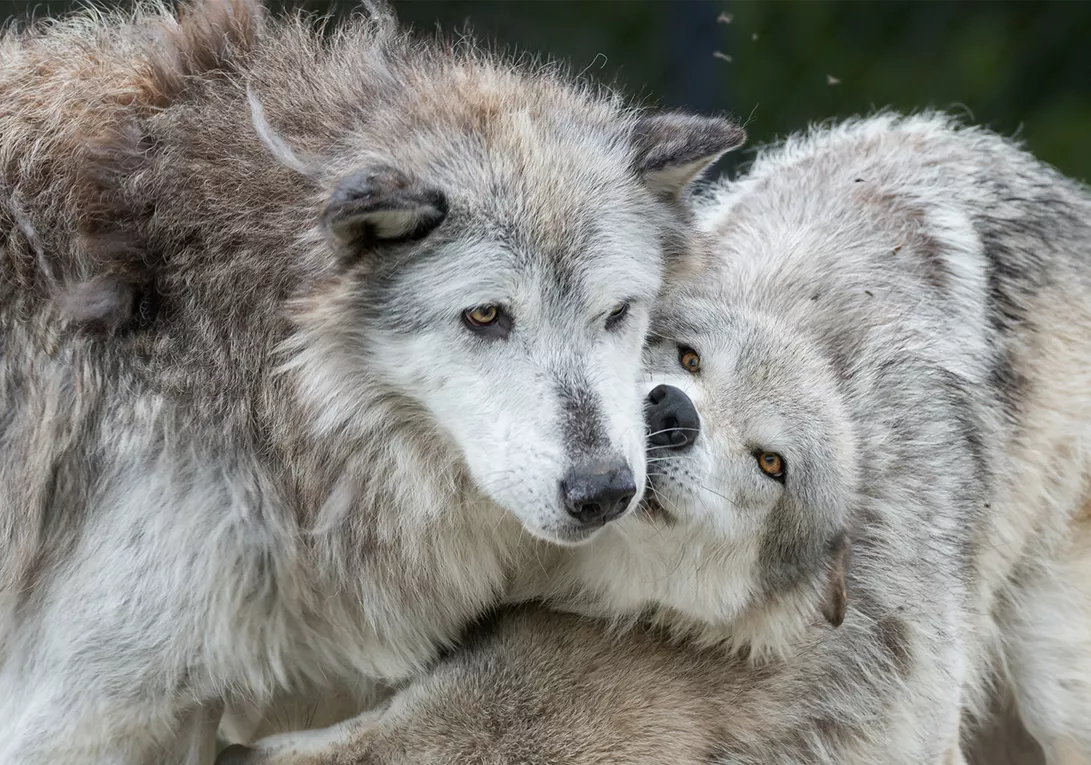
The Wolves and Wildlife of Yellowstone
February 25-March 3, 2023
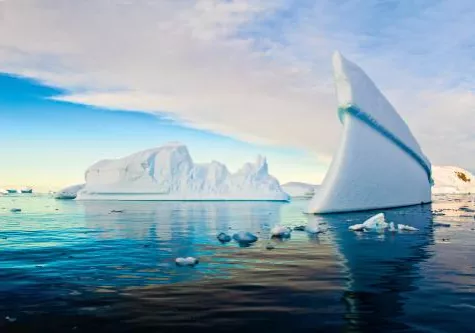
Journey to Antarctica: The White Continent
November 27-December 10, 2022
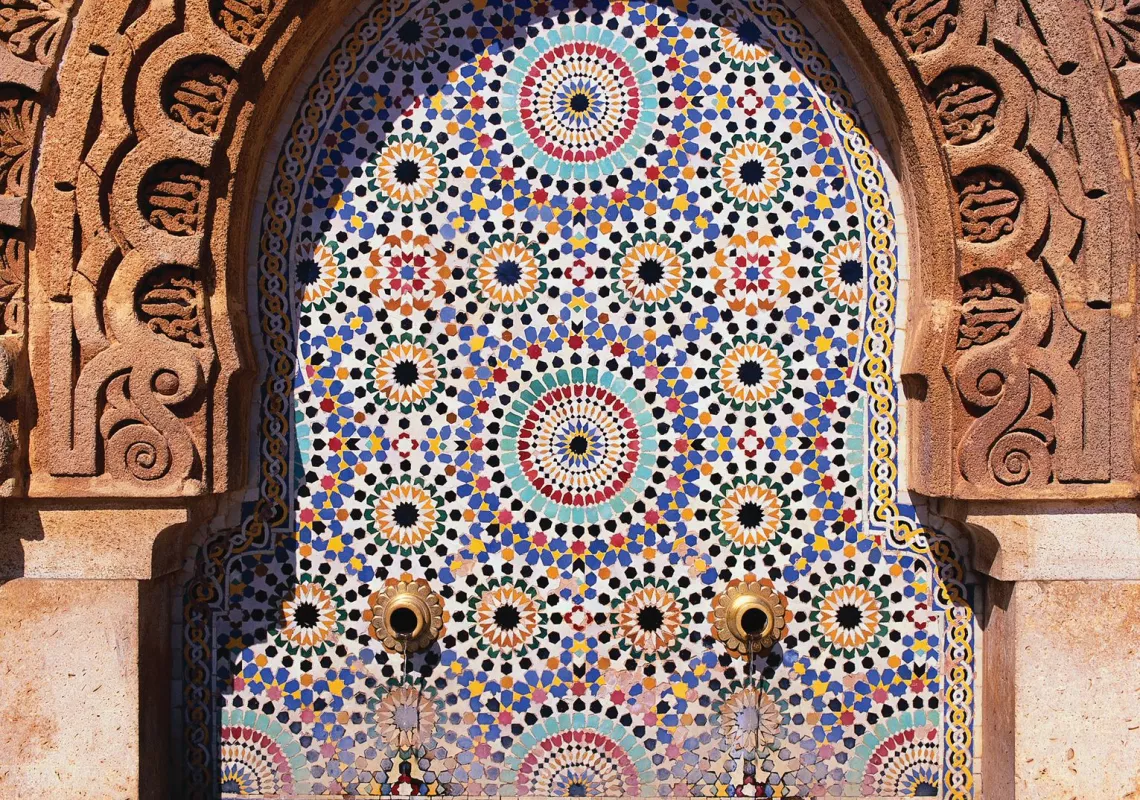
Moroccan Discovery
October 22- November 4, 2023
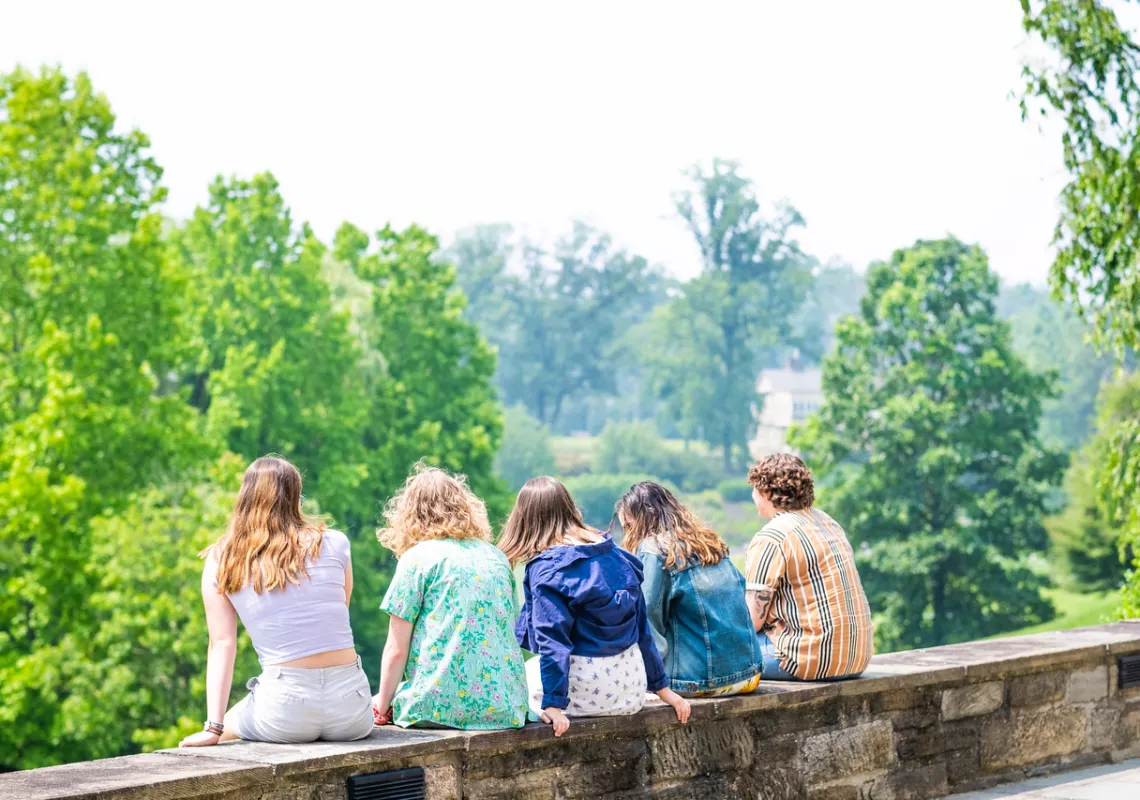
Mawr Insight: The Summer Before Senior Year
"There’s a lot you can do the summer before senior year to prepare for the college application cycle. And trust me, when you’re in the swing of the school year, you’ll be glad you did!"
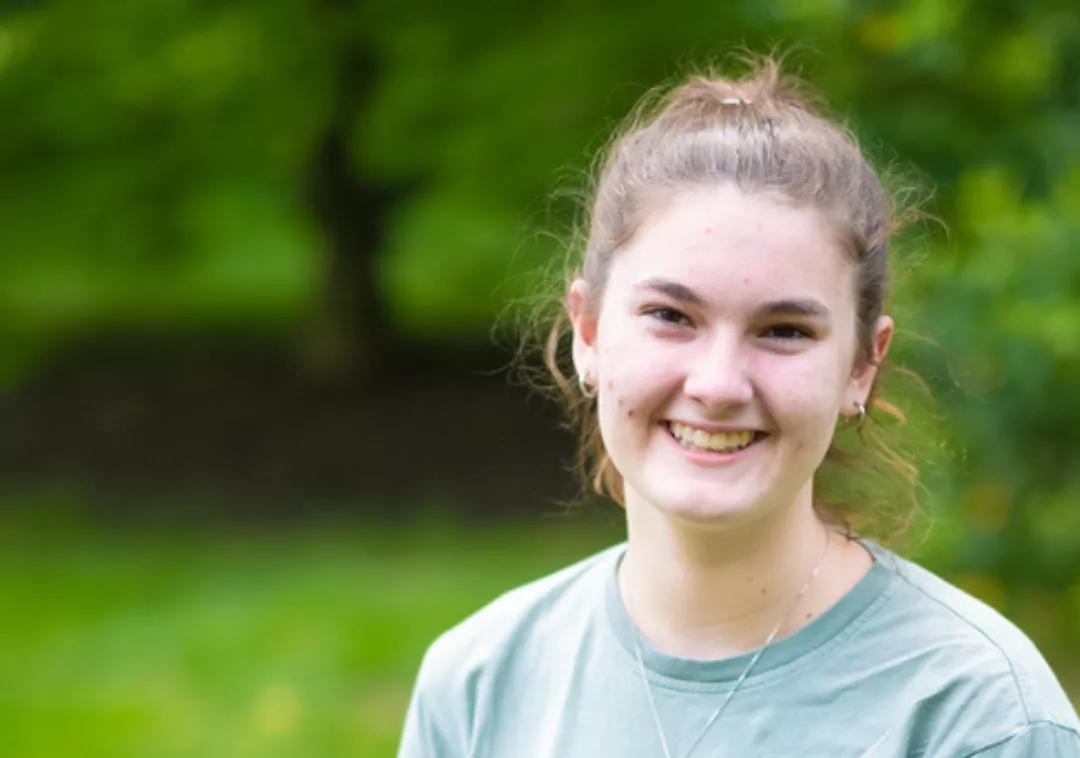
Mawr Insight: Application Planning 101
"Knowing your limits and being realistic with yourself is one of the most important skills to develop before, at, and after college."
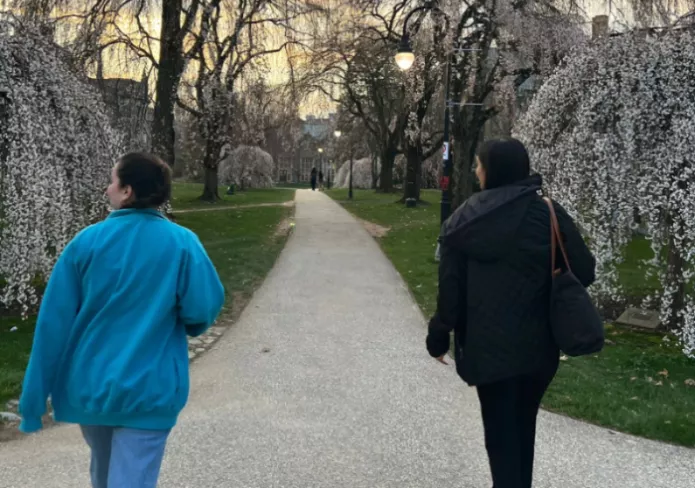
Mawr Insight: An International Student's Journey to Bryn Mawr
"Bryn Mawr has allowed me to find not just one meaning of community but many different ones."
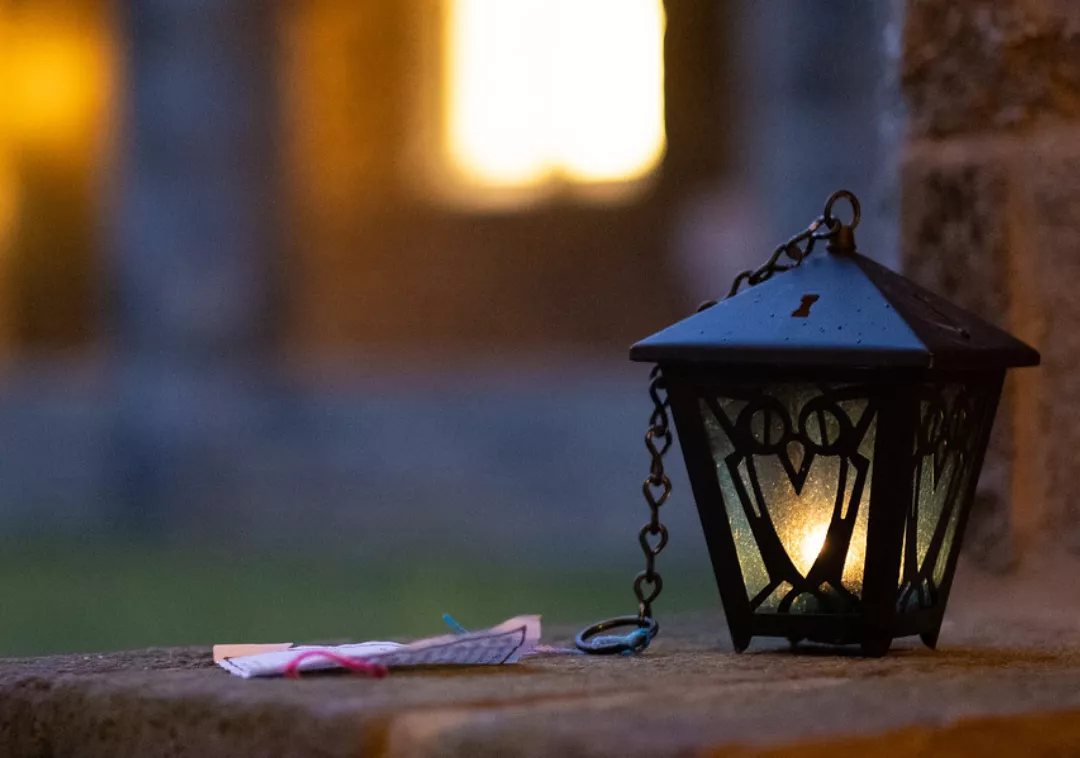
28 Things for the Class of 2028 to Look Forward to
"Welcome home, Class of 2028!"

Mawr Voices: The Student-Athlete Experience at Bryn Mawr
"People haven't ended up at Bryn Mawr by accident. The wider community is unique and intentional, and that bleeds into its athletic community as well."
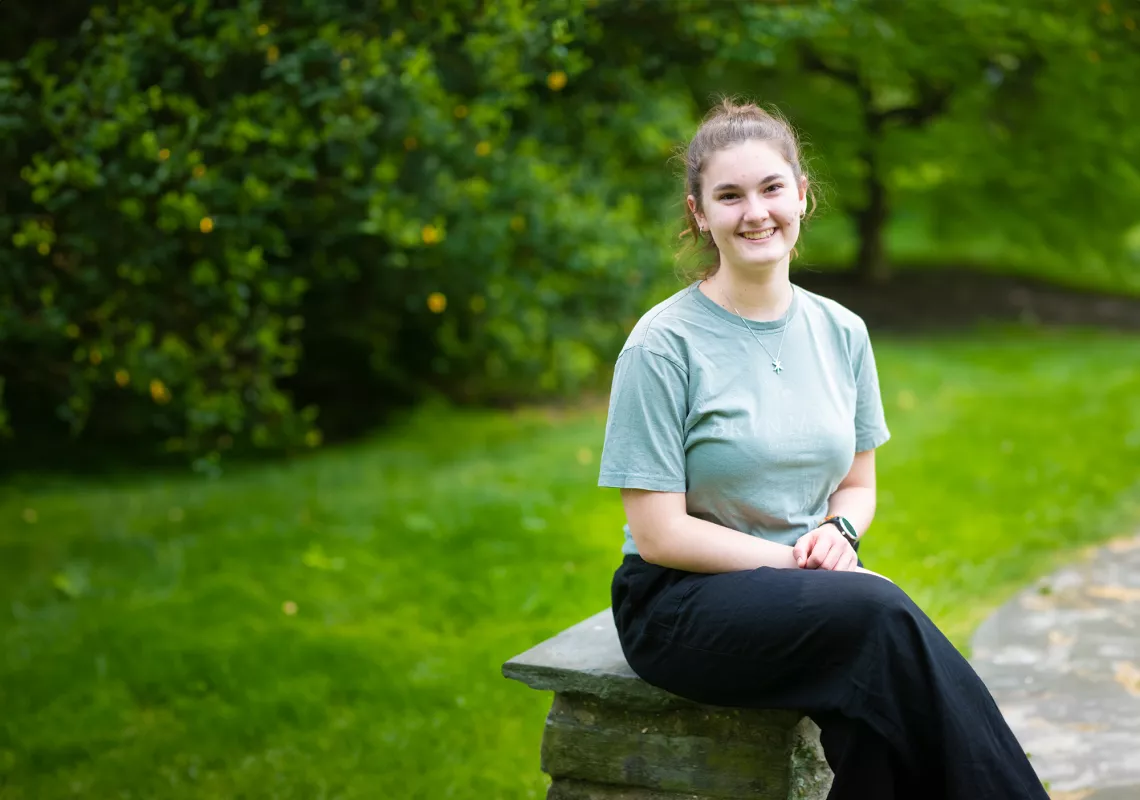
Major Moment: Emma Carney '25
"I didn’t know that I would be majoring in Latin American Studies when I came to Bryn Mawr, it was an interest that emerged organically over time."
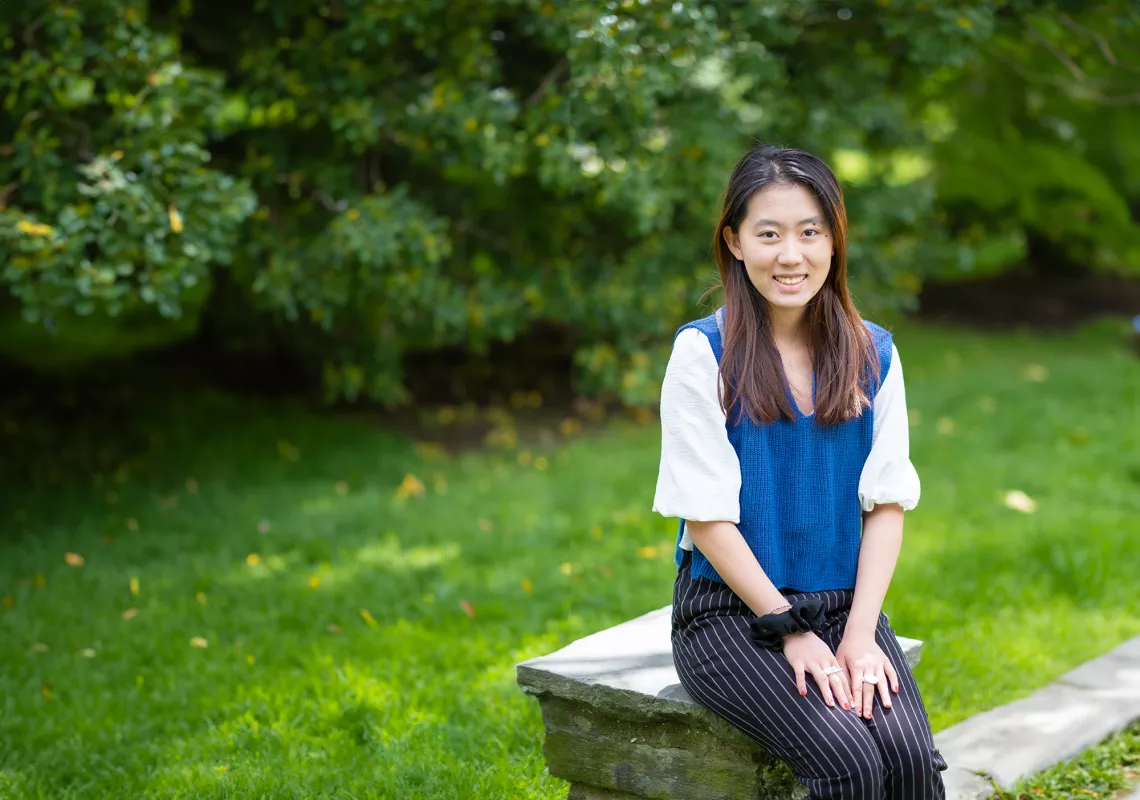
Major Moment: Katelyn Kim '26
"The course description made it sound new and fun, so I thought 'Why not?' and signed up for the class."
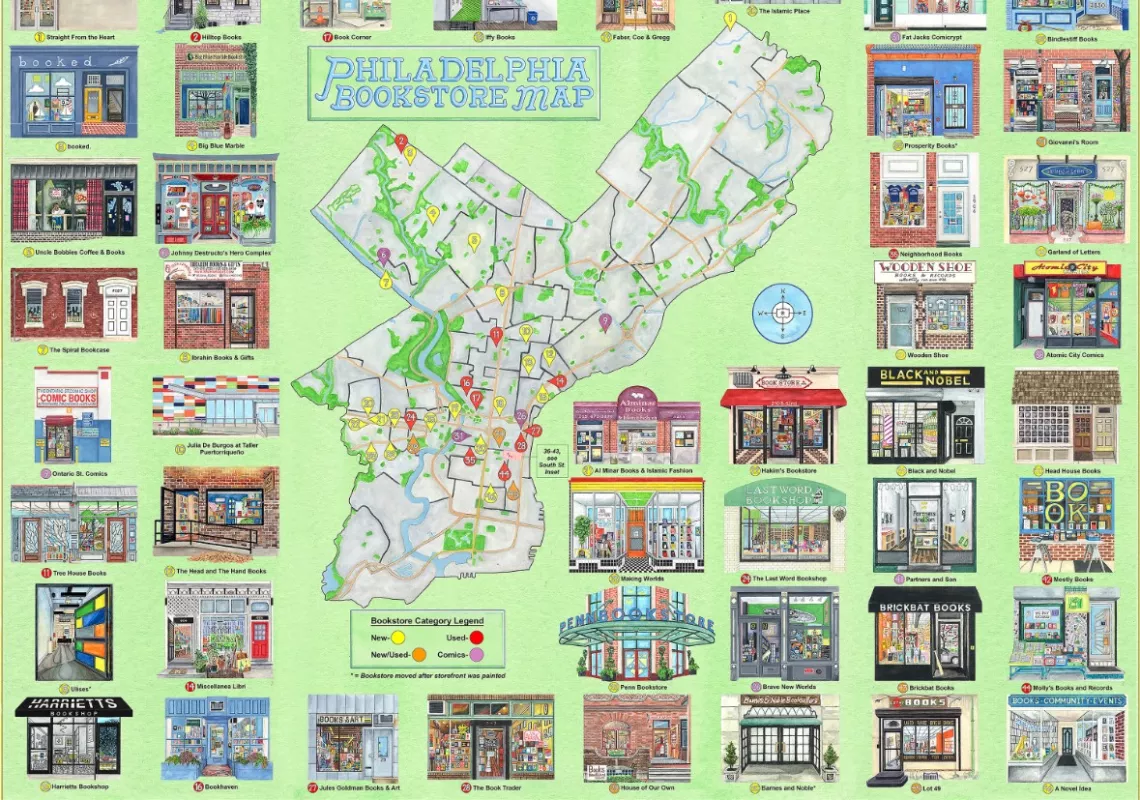
Bookstore Crawl with Tri-Co Philly Program: Sofia Azuara '25
"Tri-Co Philly has provided me with the opportunity to dive deeper into Philadelphia and learn about these amazing, local circles such as its literary scene."
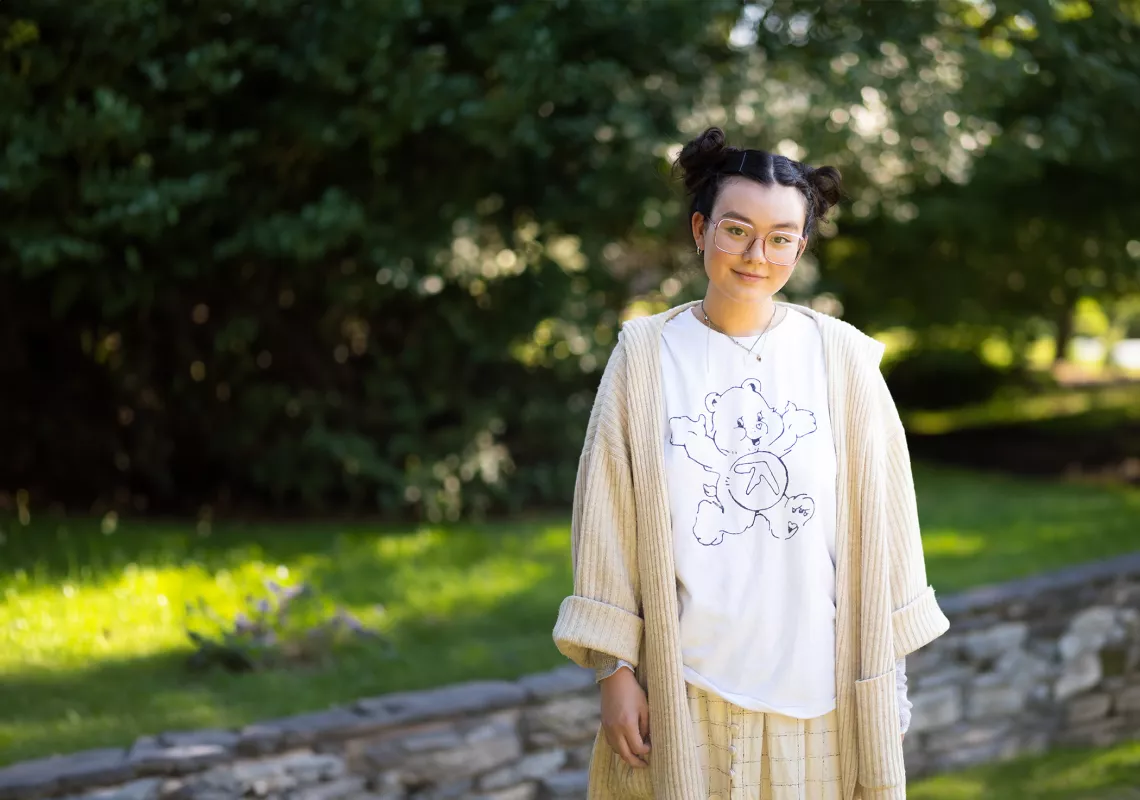
Major Moment: Una Yamamoto Barkardottir '24
"College is a time to find your footing, so make use of this privilege and enjoy your time doing so."